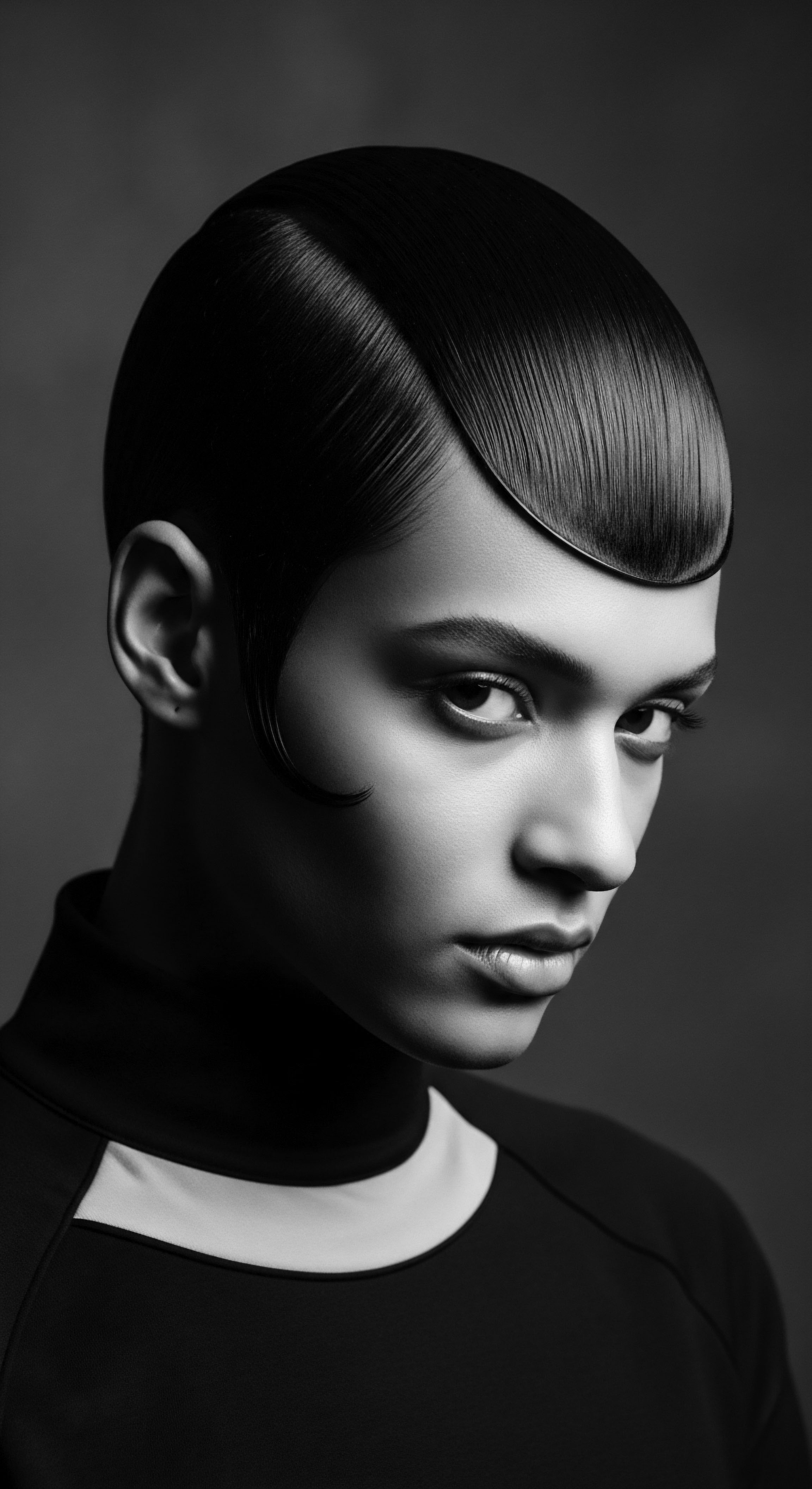
Roots
When we speak of textured hair, we are not merely discussing a biological marvel, though its intricate helix certainly commands scientific awe. We are reaching into a profound generational memory, a living archive of human adaptation, communal strength, and beauty. The vitality of these strands, with their unique curl patterns and inherent delicate nature, holds a profound story, one often whispered through the scent of ancestral cooking and the wisdom passed across kitchen tables.
Can the foodways of our forebears truly revitalize contemporary textured hair? This question guides us to a deeper understanding, inviting us to see hair not as an isolated phenomenon, but as a deeply integrated aspect of our holistic well-being, inextricably linked to the earth’s bounty and the sustenance that has shaped our people for millennia.

Hair’s Ancestral Architecture and Cellular Nourishment
The unique anatomy of textured hair, from its elliptical follicle shape to its distinct growth curvature, presents both resilience and vulnerability. Each coil and kink, a testament to its protective and adaptive qualities, necessitates specific care. At its very core, hair is a protein fiber, largely composed of Keratin, built from amino acids sourced directly from the foods we consume. Traditional foodways, rich in diverse nutrient profiles, offered the foundational building blocks for strong hair before commercial products even graced our consciousness.
Our ancestors understood, perhaps intuitively, the intricate dance between sustenance and outward expression of health. They saw healthy hair as a mirror reflecting the body’s internal balance, a harmony rooted in the land and its provisions.
Consider the deep cellular demands of hair growth. The hair follicle, a microscopic organ, is among the fastest growing tissues in the body. This rapid cellular turnover demands a constant, robust supply of vitamins, minerals, and proteins. Traditional diets, often diverse and seasonally aligned, naturally provided a spectrum of these critical components.
Think of the rich, dark leafy greens, abundant in many African and diasporic food systems, providing essential Iron and Vitamin A. These nutrients are crucial for oxygen transport to hair follicles and the production of sebum, hair’s own natural conditioner. The deep understanding of these connections, even if not articulated in modern scientific terms, formed the bedrock of ancestral hair care.
Traditional foodways offer foundational strength for textured hair, their nutrient density echoing ancestral wisdom about internal wellness.

Foodways as Living Heritage
The story of foodways and textured hair is not abstract biology; it is a tangible narrative of survival and ingenuity. Perhaps one of the most poignant examples of this enduring connection comes from the transatlantic journey of enslaved Africans. Faced with unimaginable hardship, they carried not only their memories and spirit across the Middle Passage, but also the seeds of their survival, often hidden within their hair. These meticulously braided strands became clandestine vessels for the continuity of life itself, safeguarding grains like Rice that would then be planted in new, unfamiliar lands, ensuring sustenance for generations.
This act, documented by historical accounts, underscores how hair, beyond its physiological function, served as a sacred repository of heritage and the very means of maintaining life-sustaining food traditions (Carney, 2001). It illustrates a profound, almost spiritual, link between the vitality of the body, the preservation of cultural memory, and the physical strands of hair.
| Traditional Food Category Leafy Greens (e.g. Callaloo, Ugu, Amaranth) |
| Key Nutrients Provided Iron, Vitamin A, Vitamin C |
| Benefit for Textured Hair Supports oxygen delivery to follicles, aids sebum production, strengthens collagen. |
| Traditional Food Category Legumes (e.g. Black-eyed Peas, Lentils) |
| Key Nutrients Provided Plant-based Proteins, Iron, Zinc |
| Benefit for Textured Hair Provides building blocks for keratin, regulates hormones affecting growth. |
| Traditional Food Category Fatty Fish (e.g. Mackerel, Sardines) |
| Key Nutrients Provided Omega-3 Fatty Acids |
| Benefit for Textured Hair Reduces scalp inflammation, improves blood circulation to follicles. |
| Traditional Food Category Root Vegetables (e.g. Sweet Potatoes, Yams) |
| Key Nutrients Provided Beta-carotene (Vitamin A precursor), Vitamin B6 |
| Benefit for Textured Hair Contributes to sebum production, supports healthy cell metabolism. |
| Traditional Food Category These traditional food categories provided a natural pharmacy of nutrients that collectively supported the holistic health of hair, reflecting deep ancestral knowledge. |

A Lexicon of Vitality
The language surrounding textured hair care has evolved, yet many traditional terms and their associated practices echo a deep understanding of hair’s inherent needs. For instance, the concept of ‘oiling’ found across many African and diasporic practices, was not simply about lubrication. It was often tied to infusions of nutrient-rich plant oils, many of which were also consumed.
This duality of internal and external application speaks to a wisdom that did not compartmentalize hair care from broader wellness. The very vocabulary of hair care, when traced back to its cultural origins, reveals a narrative of respect for the hair’s natural inclinations and the restorative capacities of earth-derived ingredients.

Ritual
The careful styling of textured hair is, and has always been, more than mere aesthetics. It is a dialogue with heritage, a visual language of identity, and a communal practice steeped in tradition. From the intricate cornrows of ancient West Africa signaling status and lineage, to the resilient twist-outs and protective styles of the diaspora, each ritual of care and adornment carries echoes of collective memory. These styling traditions were never isolated acts; they were profoundly integrated with the broader health practices, including the very foodways that nourished the body from within.

How Did Ancestral Diets Shape Styling Versatility?
The ability to manipulate, style, and retain the length of textured hair relies heavily on its internal health and integrity. A strand that is well-nourished from within possesses a strength, elasticity, and sheen that allows for greater styling versatility and reduced breakage. Traditional diets, rich in proteins, vitamins, and healthy fats, laid the groundwork for this vitality. For example, the inclusion of certain fatty fish and legumes in many traditional African and Caribbean diets provided crucial Amino Acids—the very building blocks of the keratin that forms each strand.
A hair fiber robust with structural integrity tolerates manipulation, coiling, and protective styling without undue stress. This physiological readiness, cultivated through mindful eating, allowed for the flourishing of complex styling traditions that required healthy, pliable hair.
Beyond the internal support, some traditional food ingredients found dual purpose, applied topically as part of styling and conditioning rituals. The revered Baobab Tree, a fixture in many African landscapes, yields a nutrient-dense oil from its seeds. This oil, abundant in vitamins A, D, E, F, and essential omega fatty acids, was used to moisturize dry, brittle hair, strengthen weakened strands, and mend split ends (AYANAE, 2024). While this oil offered external conditioning, its very existence within the food ecosystem meant a deeper connection to the dietary patterns of the people.
Similarly, plant extracts like those from various African species were historically applied to address issues like alopecia or scalp infections, with modern research noting their potential systemic nutritional benefits. This intertwining of internal nutrition with external application illustrates a comprehensive approach to hair care rooted in the wisdom of ancestral practices.
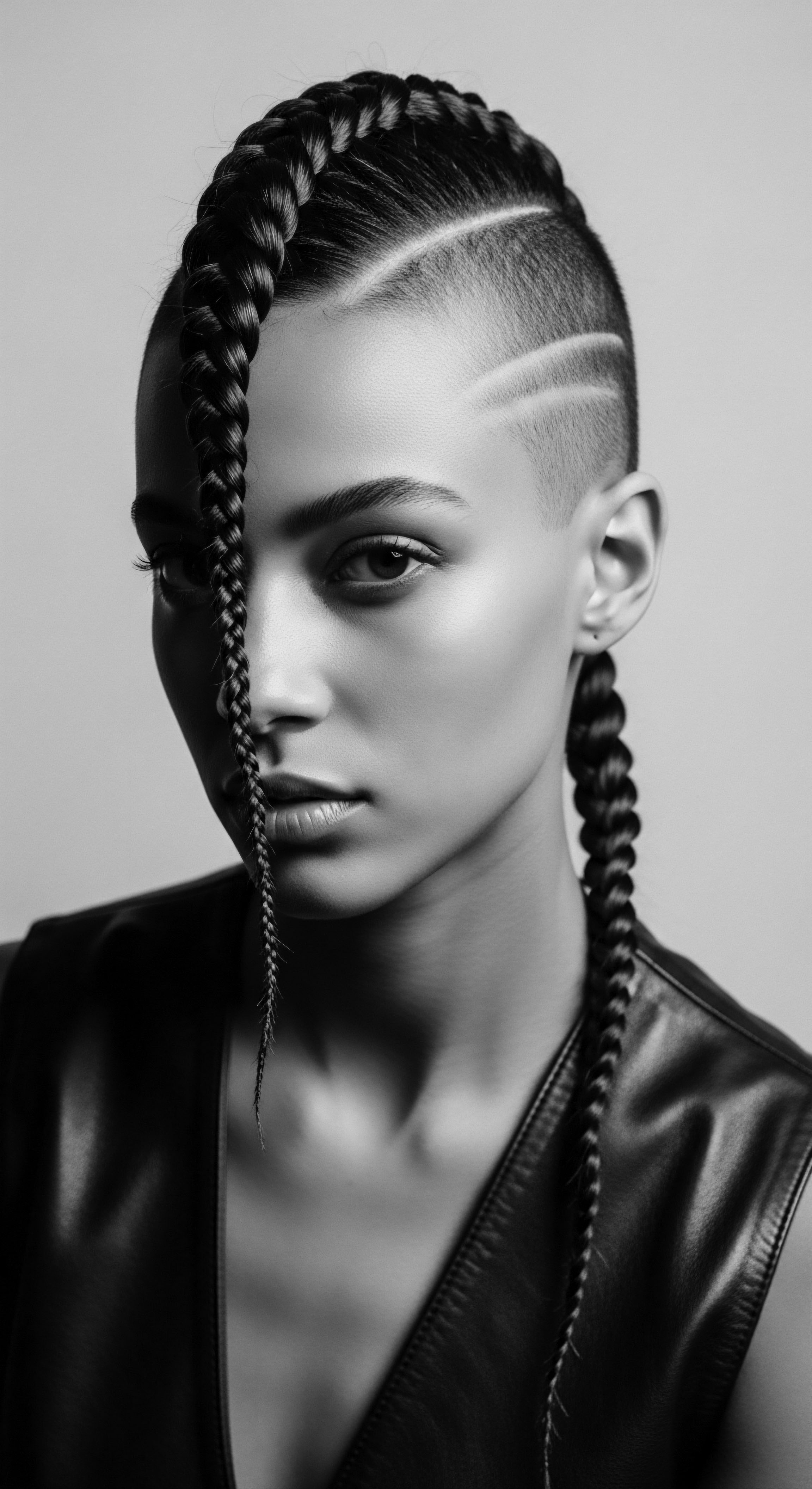
Styling as a Cultural Dialogue
The array of traditional textured hair styles forms a living encyclopedia of cultural expression. These styles were not just about personal adornment; they communicated age, marital status, community, and even spiritual beliefs. The intricate braids and designs often took hours, fostering communal bonding and the sharing of stories and wisdom. The health of the hair, directly influenced by the nourishment received from traditional foodways, enabled the creation and longevity of these complex styles.
The intentionality behind these rituals speaks volumes. The preparations for special occasions, requiring healthy and resilient hair, naturally led to a greater appreciation for the foods that contributed to such vitality. The relationship between foodways and styling was symbiotic ❉ robust hair, supported by nutrient-rich diets, allowed for more elaborate and enduring styles, which in turn reinforced the cultural significance of hair health.
- Chebe Powder ❉ Used by women in Chad, this blend of herbs and seeds, while applied topically, reduces breakage and retains moisture, allowing for impressive length and strength. Its effectiveness is magnified when the hair itself is healthy from internal nourishment.
- Moringa ❉ Though often associated with internal consumption for its wealth of vitamins and minerals, moringa oil was also used topically for hair care. Its nutritional profile supports hair growth and prevents loss.
- Kalahari Tsamma Melon Oil ❉ From Southern Africa, this oil was used by the San people as a moisturizer and to promote growth. Its high linoleic acid content suggests anti-inflammatory properties, benefiting scalp health which is crucial for styling.
Traditional styling practices were enabled and enhanced by the deep nourishment provided by ancestral foodways.
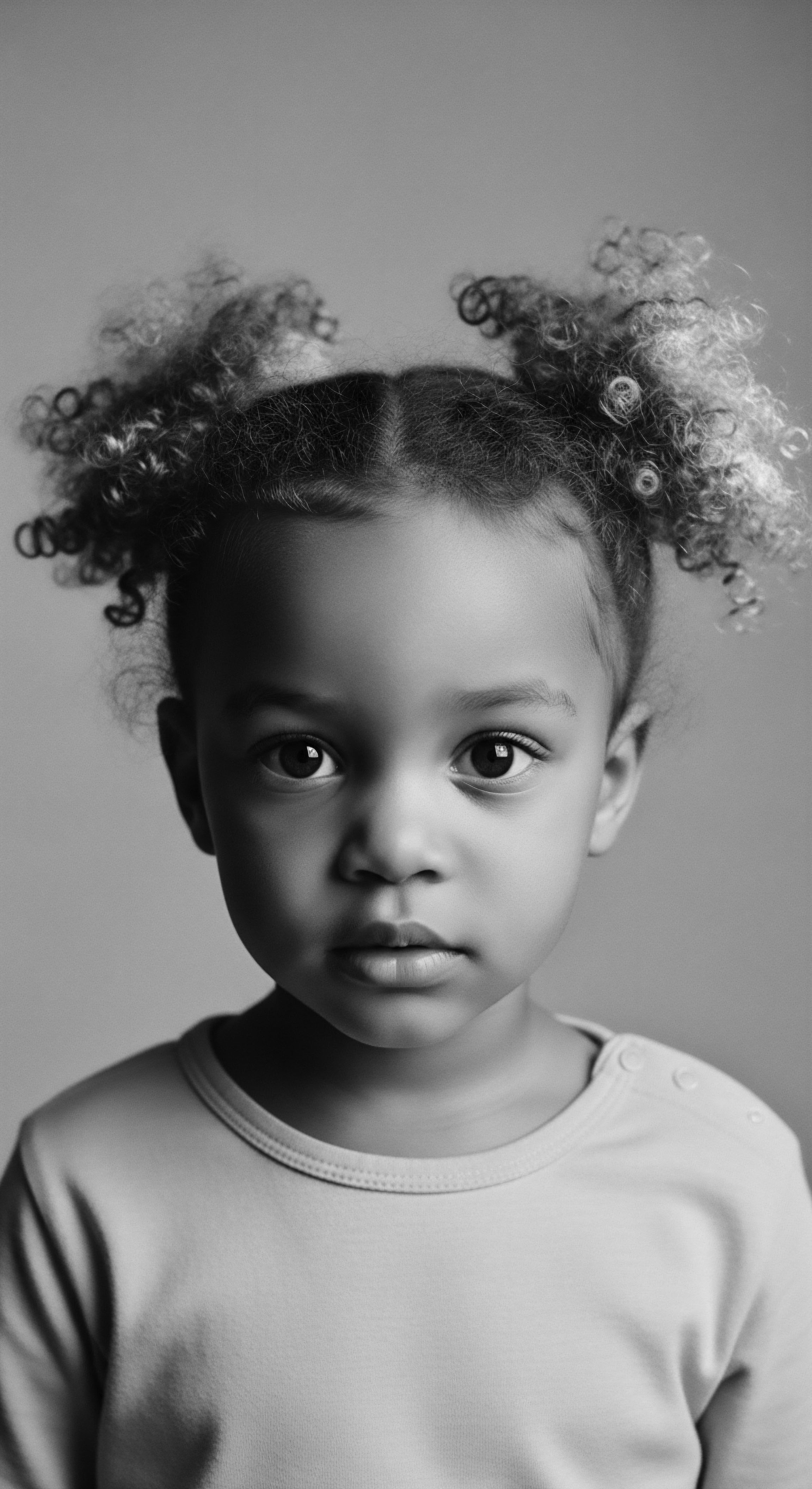
The Evolving Canvas
Even as modern styling tools and techniques have entered the arena, the underlying need for healthy hair remains constant. The foundational strength that traditional foodways provided allowed textured hair to be a versatile canvas for centuries of artistic expression. Understanding this heritage reveals that the most effective styling begins not with the tool in hand, but with the food on the plate, a testament to the enduring wisdom of our ancestors who understood hair as a holistic reflection of life.

Relay
The journey of textured hair vitality extends beyond mere surface treatments; it is a profound exploration of holistic care, deeply rooted in ancestral wisdom and the enduring principles of wellness. Our heritage teaches us that the body is a complete system, where the health of one part, like our hair, is intricately connected to the vitality of the whole. This perspective invites us to consider traditional foodways not as supplementary, but as central to a regimen of radiance, a preventative and restorative practice that has been passed down through generations.

What Ancient Nutritional Wisdom Sustains Hair’s Resilience?
For centuries, communities across the African diaspora cultivated systems of eating that intuitively supported robust health, including the vibrancy of their hair. These traditional foodways were naturally abundant in the very micronutrients and macronutrients now recognized by contemporary science as essential for hair vitality. For instance, the African Heritage Diet , as outlined by organizations dedicated to food and nutrition, emphasizes a way of eating built on the healthy traditions of people with African roots.
It champions diverse plant-based foods, whole grains, and lean proteins, many of which are rich in antioxidants, essential fatty acids, and key vitamins and minerals. These dietary patterns stand in stark contrast to many contemporary Western diets, which, with their reliance on processed foods and refined sugars, can inadvertently lead to nutritional deficiencies that compromise hair health (Stevenson, 2024).
Consider the multifaceted contributions of specific traditional food elements. Moringa Oleifera, often called the “Miracle Tree” across parts of Africa and Asia, exemplifies this ancient nutritional wisdom. Its leaves are extraordinarily rich in vitamins A, B, and C, along with minerals such as iron and zinc, and a full spectrum of essential amino acids required for keratin production.
Studies have shown that moringa seed oil can promote hair growth, upregulating key genes that influence the hair growth cycle and even increasing the number of hair follicles in animal models (Junlatat & Sripanidkulchai, 2022). When incorporated into daily diets, perhaps as a tea or a powder in stews, moringa offers a potent, internal nourishment that directly translates to stronger, healthier hair.
| Nutrient/Compound Protein/Amino Acids |
| Predominant in Traditional Foodways (Example) Legumes, Indigenous Grains, Fatty Fish |
| Often Lacking in Modern Western Diets (Implication for Hair) Insufficient intake can lead to weak hair, slow growth, and breakage. |
| Nutrient/Compound Iron |
| Predominant in Traditional Foodways (Example) Dark Leafy Greens, Red Meat (traditional sources) |
| Often Lacking in Modern Western Diets (Implication for Hair) Deficiency can cause hair loss and thinning. |
| Nutrient/Compound Omega-3 Fatty Acids |
| Predominant in Traditional Foodways (Example) Certain Fish, Seeds (e.g. Flax, Sesame) |
| Often Lacking in Modern Western Diets (Implication for Hair) Inflammation and scalp issues can arise without sufficient intake. |
| Nutrient/Compound Vitamins A & C |
| Predominant in Traditional Foodways (Example) Colorful Fruits and Vegetables (e.g. Baobab fruit, Papaya) |
| Often Lacking in Modern Western Diets (Implication for Hair) Impacts sebum production and collagen synthesis, affecting hair shine and strength. |
| Nutrient/Compound Zinc |
| Predominant in Traditional Foodways (Example) Nuts, Seeds, Legumes |
| Often Lacking in Modern Western Diets (Implication for Hair) Deficiency linked to hair loss and impaired hair growth cycles. |
| Nutrient/Compound A shift from traditional, nutrient-dense eating patterns to modern, processed diets can introduce critical nutritional gaps that compromise textured hair vitality. |
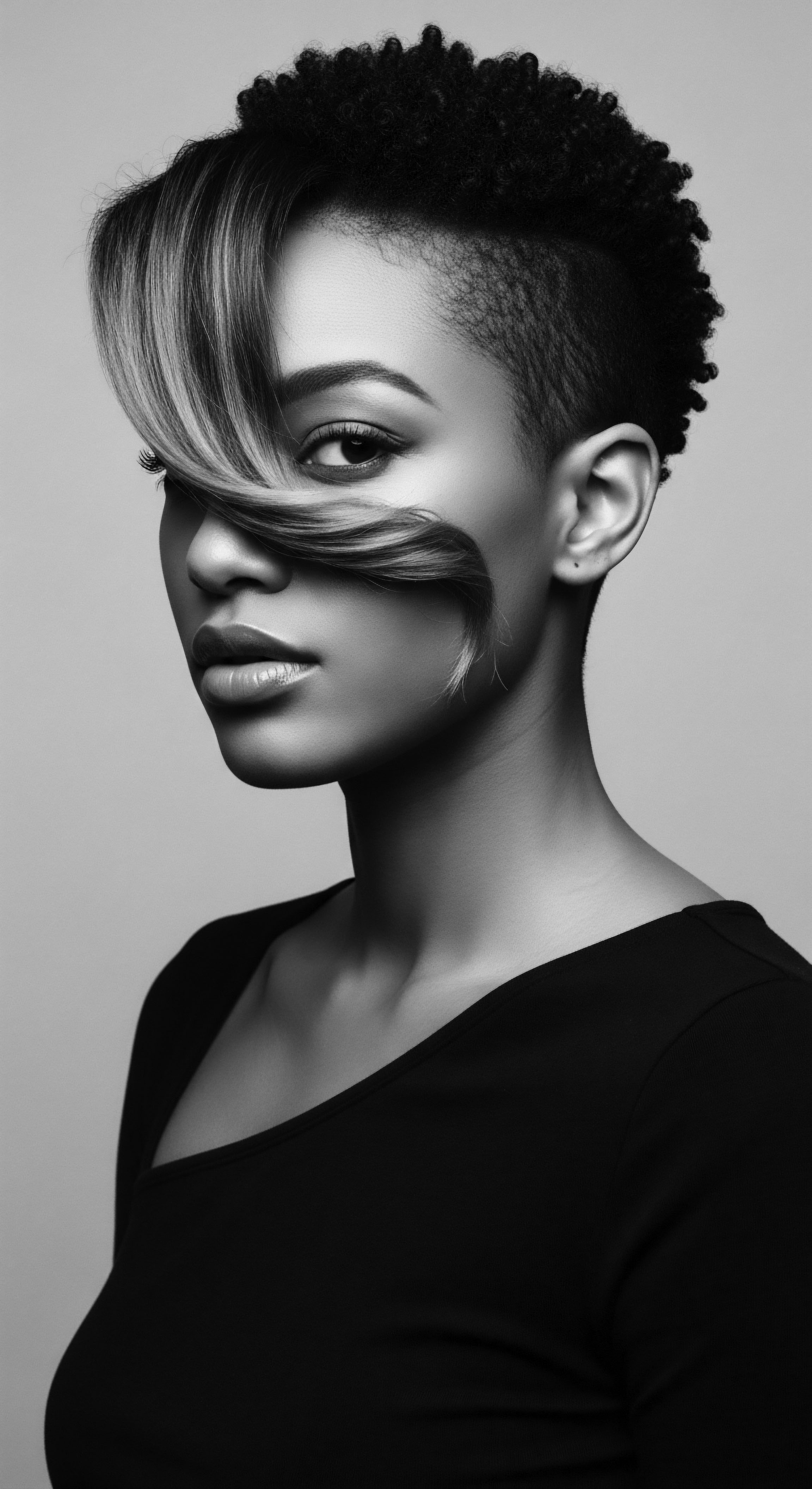
Nighttime Sanctuaries and Daily Sustenance
The intimate ritual of nighttime hair care, often involving bonnets or silk scarves, is a vital practice for textured hair, protecting it from friction and moisture loss. This external protection finds its most potent partner in the internal nourishment provided by ancestral diets. The health of hair isn’t merely about what we apply; it is deeply about what we consume. Adequate hydration, sourced from water and water-rich foods, coupled with a steady supply of vitamins and minerals from meals, keeps the scalp environment balanced and the hair shaft supple, reducing its vulnerability to breakage during sleep or styling.
Consider the subtle yet significant shift in dietary landscape for many diasporic communities. Prior to colonial influences, diets were centered on locally available, unprocessed ingredients. The forced introduction of different crops and foodstuffs during and after slavery led to significant changes, often to less nutritious alternatives (Mihesuah, 2020).
The subsequent health disparities observed in these communities, including conditions that can indirectly impact hair health, can be linked to these historical dietary disruptions. Restoring contemporary hair vitality, therefore, is not merely about reintroducing a few ingredients, but consciously returning to a whole-food philosophy that honors the nutritional blueprints of our ancestors.
- Fermented Foods ❉ Traditional fermented grains or vegetables contribute to gut health, which increasingly scientific understanding links to overall health, including that of skin and hair.
- Water-Rich Staples ❉ Many traditional African and Caribbean foods, like certain fruits and vegetables, naturally contributed to the body’s hydration, a cornerstone for hair’s moisture.
- Healthy Fats ❉ Sources like avocado and various seed oils, consumed as part of traditional diets, provided essential fatty acids that support scalp health and hair lubricity.

A Compendium of Solutions
Addressing contemporary textured hair concerns—be it dryness, breakage, or stunted growth—benefits immensely from revisiting ancestral food wisdom. Many hair problems stem from internal imbalances or deficiencies that topical treatments can only mask. A holistic approach champions the idea that vibrant hair grows from a vibrant body.
By consciously integrating nutrient-dense foods that mirror the traditional diets of our forebears, we do more than just nourish our hair; we participate in an act of restorative justice, honoring the legacy of those who navigated hardship by clinging to their cultural foodways. This re-engagement with our heritage is a powerful act of self-care, yielding resilience that extends beyond the individual strand to the spirit of collective well-being.
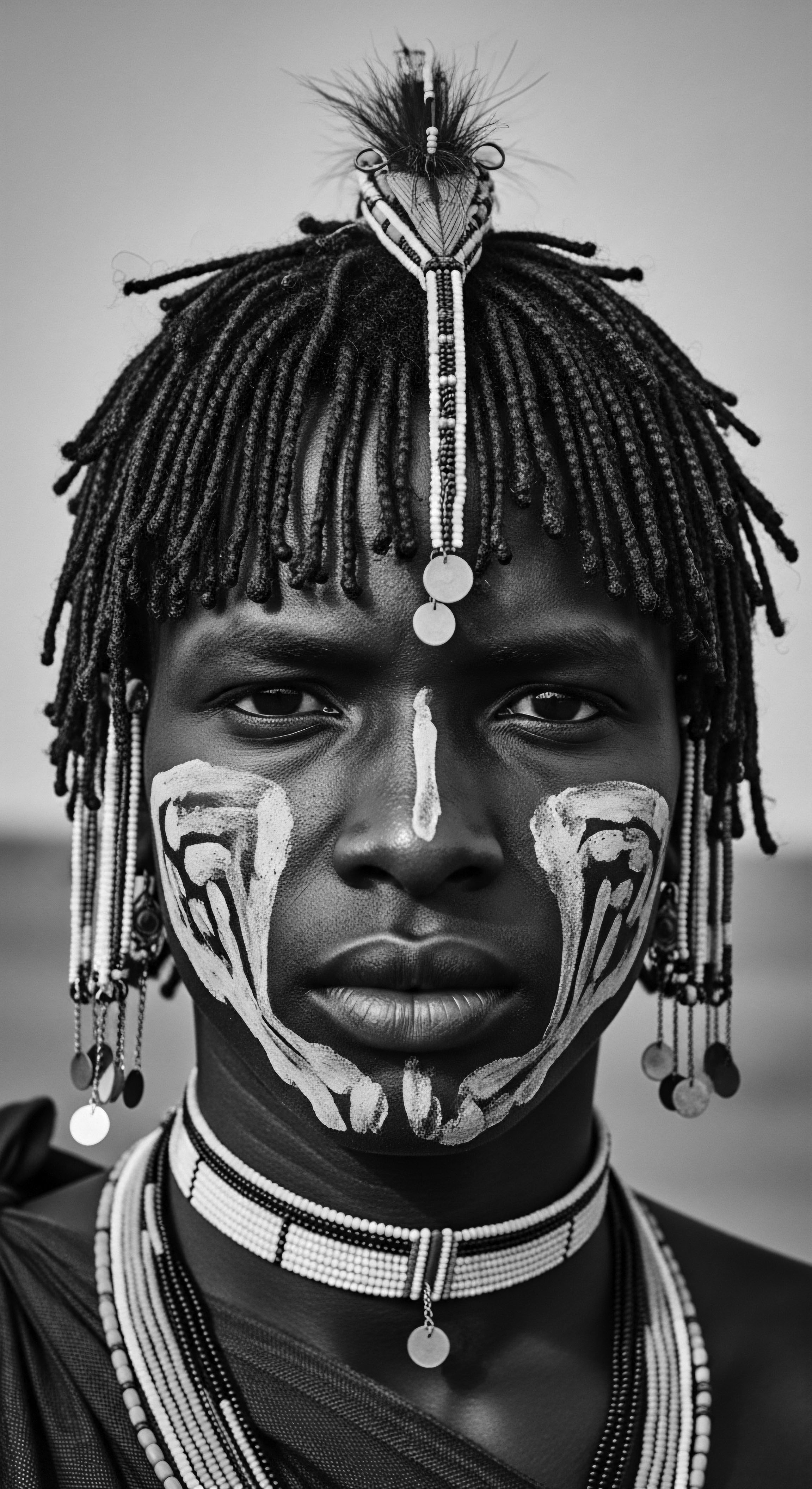
Reflection
The journey into traditional foodways and their capacity to restore contemporary textured hair vitality is a pilgrimage into the heart of our heritage. It asks us to look beyond the superficial sheen and consider the profound connection between the earth’s yield, the ancestral kitchen, and the living crown we carry. Roothea’s ‘Soul of a Strand’ ethos reminds us that textured hair is a vibrant, living archive, a narrative of resilience, identity, and deep-seated wisdom.
When we choose to nourish our bodies with the foods that sustained our ancestors, we are not simply seeking a cosmetic outcome. We are engaging in an act of profound cultural reconnection, a reclamation of practices that honor the ingenuity, adaptation, and enduring spirit of our forebears.
The legacy of these foodways whispers through every healthy curl, every resilient strand, affirming that true vitality springs from a source far deeper than a product bottle. It is a source infused with the memory of ancestral hands, the bounty of the land, and the timeless understanding that authentic beauty radiates from holistic wellness. This is a continuous relay, a passing of knowledge from past to present, inviting us to carry forward the luminous wisdom that our hair, in all its glory, reflects the incredible journey of who we are.
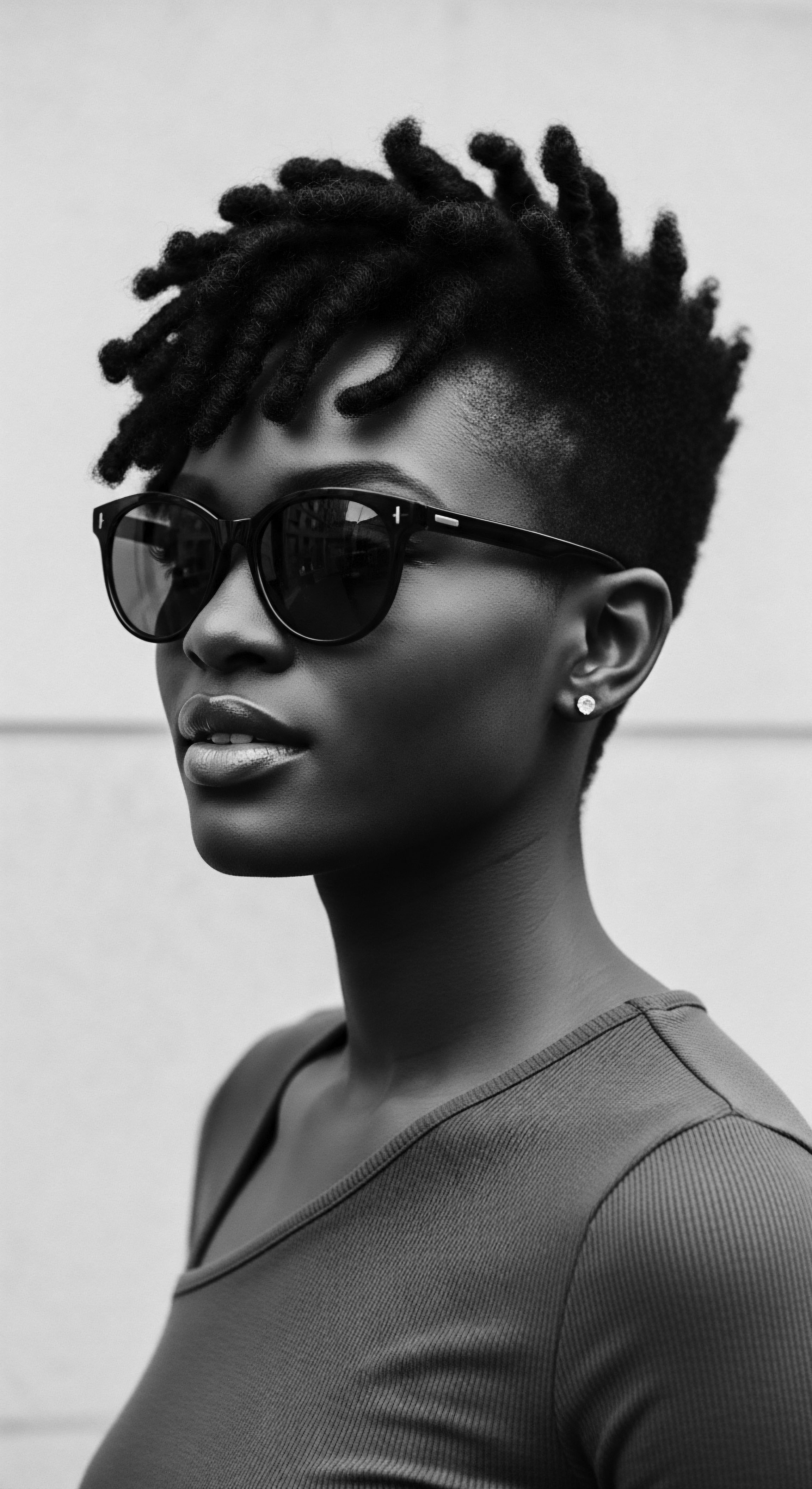
References
- Carney, Judith A. 2001. Black Rice ❉ The African Origins of Rice Cultivation in the Americas. Harvard University Press.
- Junlatat, Jintana, and Bungorn Sripanidkulchai. 2022. Moringa oleifera seed oil promotes hair growth in mice and modulates the genetic expressions of factors affecting hair. Journal of Herbal Medicine, 32.
- Mihesuah, Devon Abbott. 2020. Recovering Our Ancestors’ Gardens ❉ Indigenous Recipes and Guide to Decolonized Eating. University of Nebraska Press.
- Stevenson, Tambra Raye. 2024. African Heritage Diet as Medicine ❉ How Black Food Can Heal the Community. EatingWell.
